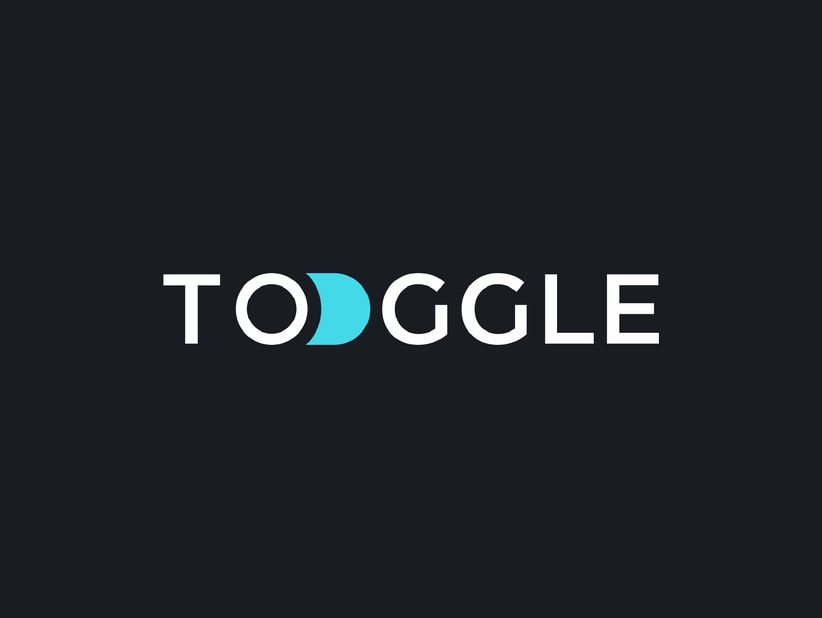
Dec 12
preview
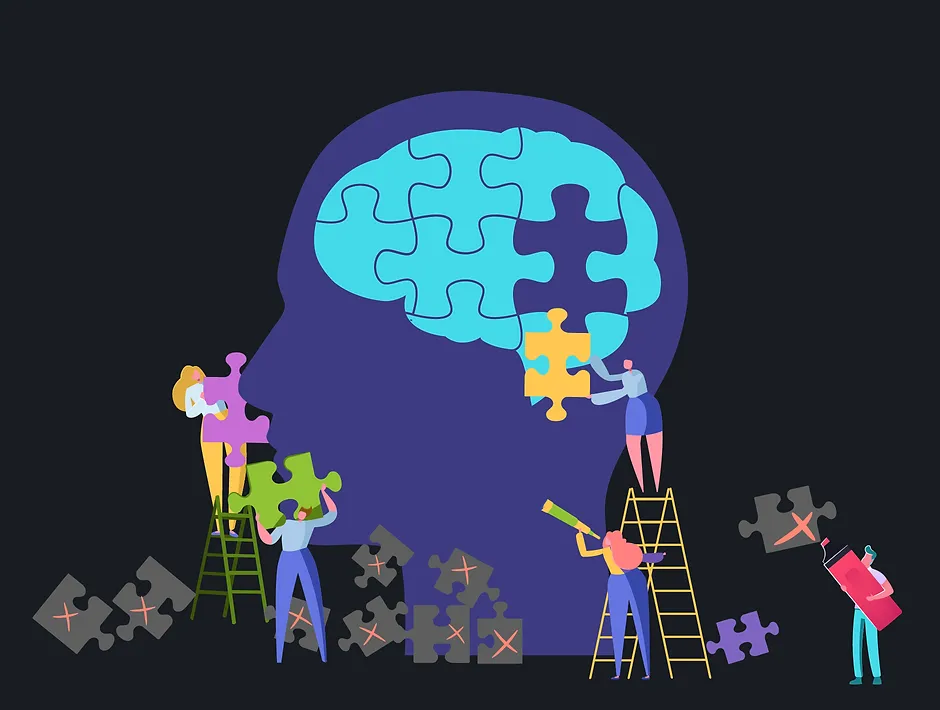
Confirmation bias is a tendency to seek, interpret, and remember new information in ways that agree with our beliefs. It is, essentially, seeing what you want to see and hearing what you want to hear. In investing, it often leads to disastrous results.
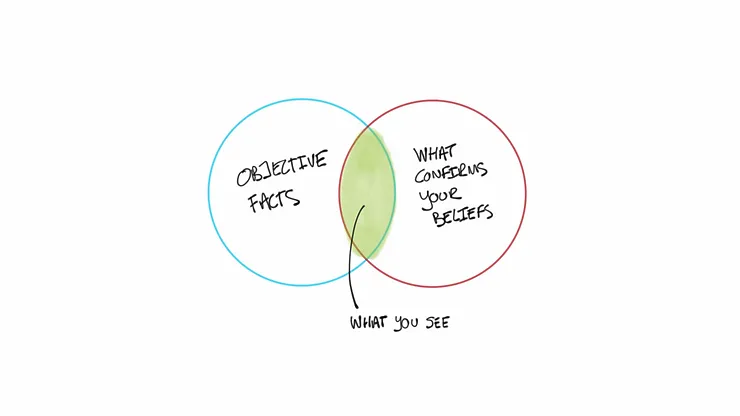
An extreme example is the infamous blood testing startup Theranos. George Schultz, former Secretary of State, was among its (many) prominent investors. Schultz was also a close personal friend of the Holmes family, whose daughter founded the company at the young age of nineteen. When Schultz’s grandson, Tyler, presented him with incontrovertible fact-based evidence that Theranos was a complete scam, Schultz refused to believe it. Tyler’s information was too contradictory to his preexisting beliefs. As a result, he lost millions of dollars.
Why do we experience confirmation bias? In two words: cognitive dissonance. Cognitive dissonance is an emotional state which results from the conscious understanding that two conflicting beliefs are concurrently being held in the brain. In other words, people have an innate need to ensure that their beliefs and ideas are consistent—when they feel they are not, they subconsciously try to manipulate or ignore facts to achieve an inner state of harmony and balance.
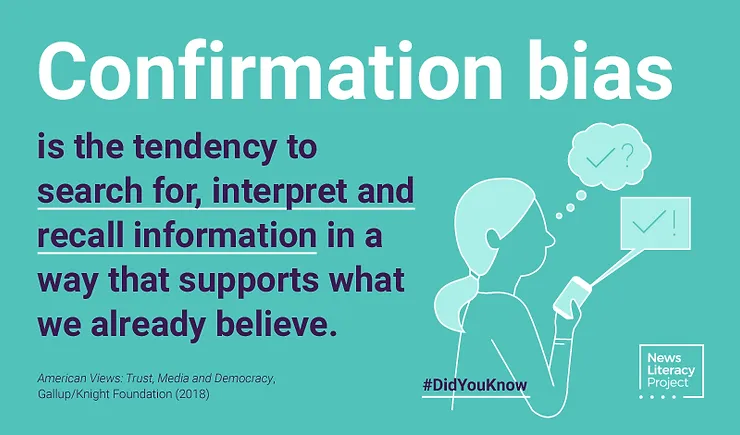
Individual investors have an ever wider range of channels they can turn to for collecting data and information, including social media. Turning to forums with other investors seems like a shortcut to better, more curated information. Social media (Twitter, Facebook groups, etc) increasingly becomes a source of investment ideas and discussion forums to test your views. However, the very property that makes social media so addictive may in fact be exacerbating the problem.
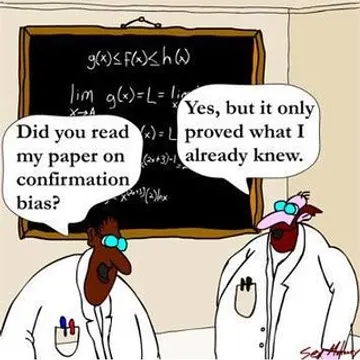
We love social media because our feeds are a safe space to share pictures of family, discuss the defunding of the police, and strategize to solve climate change. We also love it because we can share pictures of instagram-influencers, discuss rising crime and the need for more policing, or debate the climate change hoax. We love it because the algorithms ensure we only get the same side of every story.
For human brains, this is the preferred (default) setting. It feels especially good when “new” information matches what we expected. However, confirmation bias in investing can lead to discovering a flaw in an investment thesis too late, potentially suffering a dramatic loss of capital. There is plenty of evidence that investors tend to engage with other like-minded investors, which leads to overconfidence and consequently substantially lower returns.
This is why it is much more important to ask yourself why you are wrong than why you are right.
Machines can provide an objective compass to overcome any cognitive biases investors may be subject to. Humans are fallible - we often don’t know, or can be programmed to ignore, our initial beliefs. Machines can provide an outstanding and rapid test of our intuition and understanding because there is something anonymous - and free of ulterior motivation - in feedback provided by a machine.
At TOGGLE we try to provide an alternative point of view for every asset, free of opinion and grounded solely in numerical analysis. We are committed to full transparency to allow you to judge whether or not it is a relevant counterweight to your own view.
Up Next

Dec 12
preview